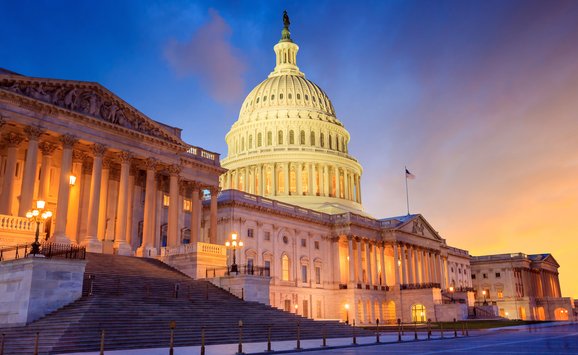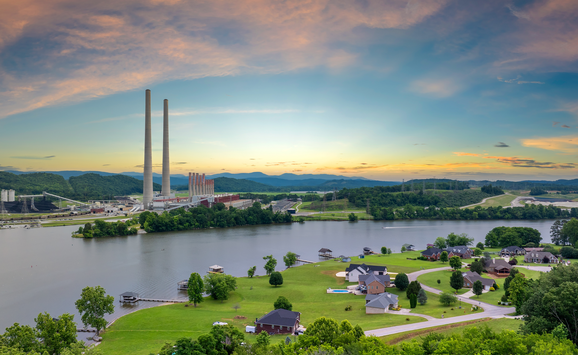In October, noted economist Paul Joskow provided an RFF audience a picture of the fragmented and disjointed U.S. electricity sector and sketched out the implications for addressing current energy challenges. The Alfred P. Sloan Foundation president concluded that major reforms likely are needed in order for the nation to meet its energy demands and deal with 21st century environmental issues like climate change.
Joskow spoke at RFF's Sixth Annual Hans Landsberg Lecture, which honors the memory of Landsberg, a pioneer in energy and mineral economics who was a devoted member of the RFF staff for nearly 40 years. He explained the daunting task regulators face in restructuring America's electricity markets. Antiquated federal policies and contemporary pushes for reform, Joskow said, have led the sector into a fractured state of regulated, deregulated, and mixed systems.
The past 25 years have seen major overhauls to similar energy and infrastructure sectors—like natural gas, trucking, railroads, and telecommunications. But the fundamental functionality of the system and shocks to the electricity market in the early 2000s, including California's energy crisis and the collapse of Enron, stalled full reform of the electric power market, he noted.
"The electricity sector, for a variety of reasons, was the last one on the list and the reforms have never been fully realized," Joskow said.
Consequently, major technological, economic, and environmental factors play a negligible role in current U.S. electricity policy and structuring. Fragmented utilities operate under different market systems, depending upon states' regulatory policies. A concerted push in the 1980s and '90s to reform the electricity sector never turned into a federal effort, he said.
Reforming America's electricity generation and transmission system will be key to establishing the necessary infrastructure to promote America's energy transition. The disjointed system of electricity creation and transmission is a sizable roadblock to putting new and alternative forms of energy on the nation's grid.
Harvesting wind energy in North Dakota and transmitting it to highly populated areas in Illinois, for example, isn't possible because a transmission line infrastructure between the two areas doesn't exist.
Moreover, Joskow argued, without federal guidelines for responsibility and financing, problems—such as whether the state providing or receiving electricity should cover costs—will go unresolved.
Without a unified system it will be difficult to bring traditional sources of generation online and update aging plants to meet standards for cleaner, more efficient operation. Depending upon a state's system, the benefits of investing in new generating capacity may not outweigh the costs.
It has also been nearly 20 years since the sector has added significant generating capacity and there are certain risks inherent to such a time lapse. According to Joskow, many of the people versed in power plant construction have left the industry. There is the possibility that constructing new plants will lead to great expense and result in "costly lemons," plants that fail to meet expectations of utility and electricity generation.
The lack of an overarching national market policy not only presents problems for utilities and consumers but has negative implications for climate change policy. Reforming the electric power sector in the United States will be essential to meeting any potential greenhouse gas mitigation goals because electricity production accounts for 40 percent of carbon dioxide emissions and 35 percent of fossil fuels used in the United States, Joskow said.
"Comprehensive reform of the electricity sector may be necessary to achieve climate change goals efficiently," Joskow warned. "The current system, caught between 1935 and 2001, is simply not well adapted to deal with that and may complicate the efforts to create an acceptable climate change policy because of the way it's likely to work through the different competitive and regulatory regimes."
Reforms should not only be directed to regulation at the supply side, but also aimed at changing customer behaviors on the demand side. Joskow noted that a market system to incentivize consumer conservation would be useful in reaching environmental efficiency standards as well as ensuring a reliable, affordable flow of electricity into the market.
Joskow suggested a system that would respect legitimate states' rights but also step in to modify aging, failing protocols and reflect new and evolving technologies for generation and transmission.
As financial and climate change challenges evolve both in the United States and around the globe, the need to address an aging electricity market structure continues to grow.






